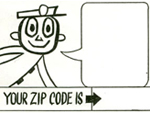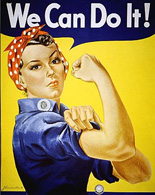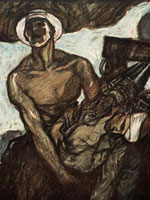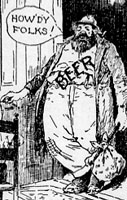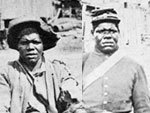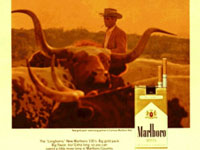Geography of Slavery in America

Transcriptions and images of more than 4,000 newspaper advertisements for runaway slaves and indentured servants between 1736 and 1803 can be browsed or search on this website. The runaways are primarily from Virginia, but also come from states along the Eastern seaboard and locations abroad. Materials include ads placed by owners and overseers as well as those placed by sheriffs and other governmental officials for captured or suspected runaway slaves. Additional advertisements announce runaway servants, sailors, and military deserters.
"Exploring Advertisements" offers browse, search, and full-text search functions, as well as maps and timelines for viewing the geographic locations of slaves. The site also provides documents on runaways—including letters, other newspaper materials, literature and narratives, and several dozen official records, such as laws, county records, and House of Burgess journals. Information on the currency and clothing of the time, a gazetteer with seven maps of the region, and a 13-title bibliography are also available.
